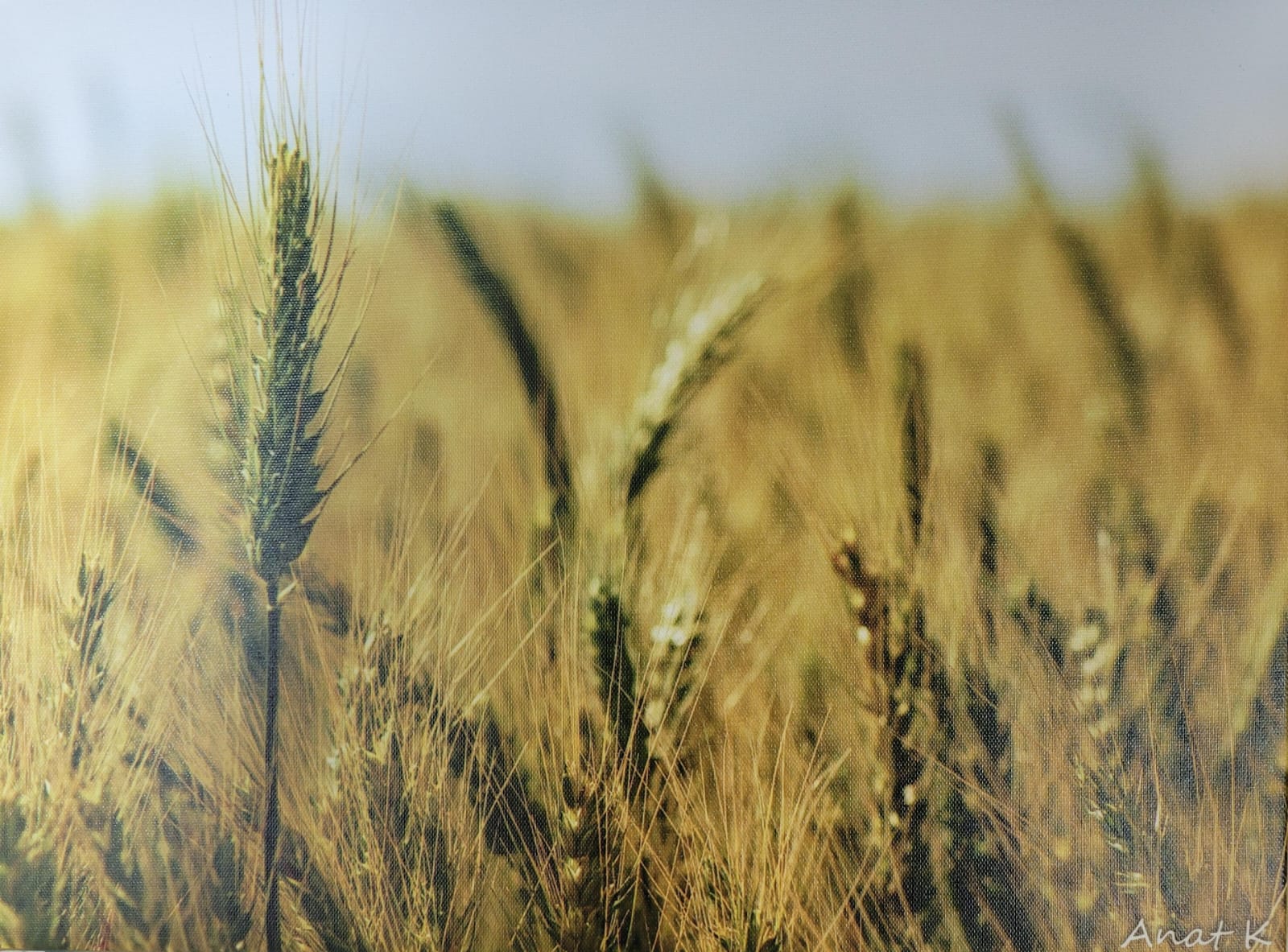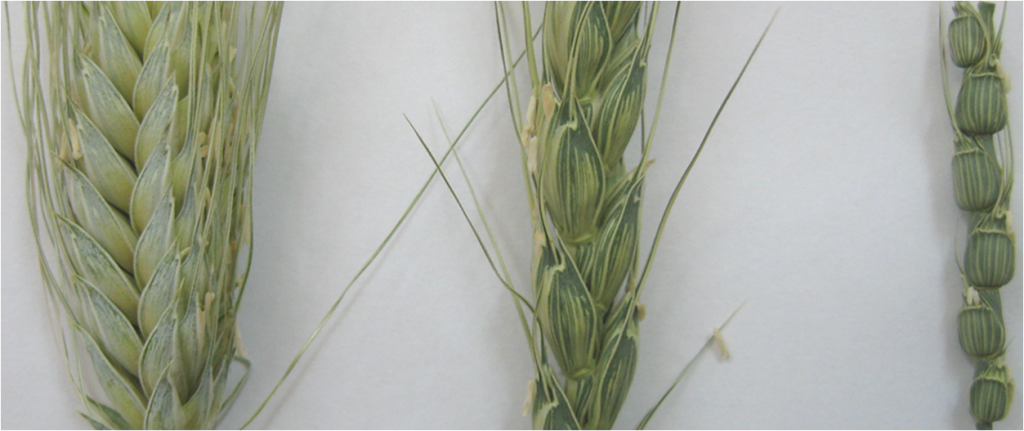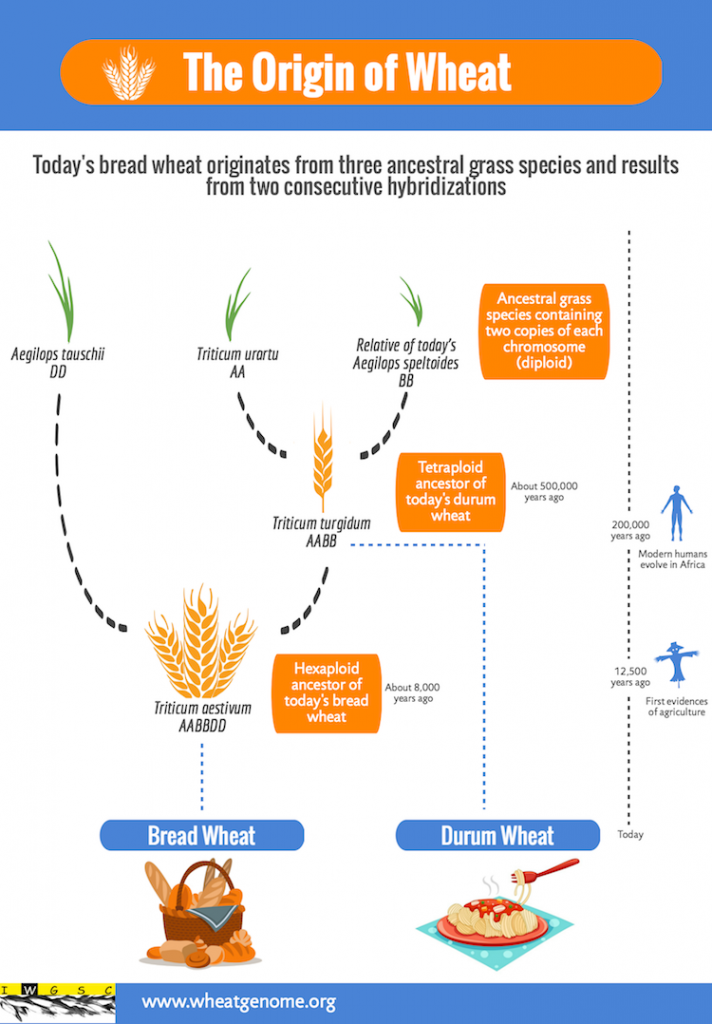
“Without transposable elements we would not be here and the living world would probably look very different from the one we know”
(Labrador and Corces, 2002)
Transposable Elements and the Dynamic Genome.
Background
Transposable elements (TEs) are DNA fragments that have the ability to “jump” from one site to another in the genome, as such they are also called “jumping genes”.
Transposable elements are the single largest component of most eukaryote genomes, they compress ~90% of the wheat genome.
Most elements contain inactivating mutations, whereas others are reversibly silenced by epigenetic mechanisms.
The role of TEs on shaping and regulating host genomes is far from being understood.
We use state-of-the-art technologies to investigate the impact of TEs on structural and functional variations in wheat.
Wheat is an ideal model to study transposon evolution. In our research we useboth natural and newly synthesized-wheat species, including tetraploid (genome composition, AABB) and hexaploid (genome composition, AABBDD) species.

